We did actually do things other than eat (and eat and eat and eat) in Paris. And there are photos to prove it. :)
We visited museums.
Like the Orsay, where apparently you are no longer allowed to take photos. (I thought I must’ve heard incorrectly when the guard warned me the first time, and the second time he really threatened me! So I went to a different floor…)
We returned to the beautiful Musée Rodin. I absolutely love the single-artist museums all over Europe, and I also have a fondness for sculpture, so the Musée Rodin is one of my very favorites. This museum also has special meaning to my husband and me because we came here together over 10 years ago. I actually wrote him an essay about it called “The Secret” (after one of Rodin’s pieces), which ended up being part of a reading we gave at our wedding.
The Musée de l’Orangerie was closed for renovation the entire year I was last in France, so we were very glad to finally see this for the first time. (B decided to create an impressionistic photo of the impressionist artwork. :P)
We didn’t go inside the Louvre this time (beyond the main lobby) but did walk around the outside…
We spent a day in Montmartre.
E took a couple rides on the carousel, we hiked up to Sacré Coeur, walked around Place du Tertre admiring the artists’ work (we found out artists actually have to apply to get a coveted spot at this square), and roamed up and down the hilly streets. We got a bit lost, so ended up not getting to Café des Deux Moulins (of Amélie fame) or the Moulin Rouge.
We went shopping.
I already mentioned Paris’s many food markets and shops and our love for Monoprix, which we visited in several cities to pick up groceries and other tidbits like breakfast pastries, kids’ clothing, stationery, and French pharmacy products (what can’t you find at Monoprix?). But we also ventured out to other places, like the flea market at St-Ouen de Clignancourt. I was also eager to finally check out Merci (pictured below), the popular Anthropologie-like store by the creator of Bonpoint. Everything in this shop is just exquisite, from the darling red bug in the courtyard to the bookstore cafe to the exposed wooden beams in the gorgeous loft space. And to top it off, the profits go to charities.
One of my francophile self’s greatest loves is French bookstores and stationery, so this was one of the things I was most looking forward to about being back. The French are known for doing everyday things with style, and stationery is one of those things. When I was a student in Montpellier, I spent many hours in the student bookstores looking at all the pens, notebooks, paper, and art supplies. I don’t know if this is true anymore or if it is true throughout France, but at the time (and this was in 2000-2001), all students at my university in Montpellier were required to turn in handwritten papers. For real! This was quite an adjustment for us American students. But my writerly self was rather charmed by the whole thing. :)
So naturally, one of my musts in Paris was stopping by Gilbert Joseph, the bookstore in the student neighborhood of St. Michel. I picked up a new Waterman fountain pen to replace my old one of 12 years (and I was pleased to find that it still costs only about $10). I also stocked up on Clairefontaine notebooks!! These are expensive to get in the U.S. and are hard to find, so I got myself quite a few in various sizes on this trip. I adore French notebooks and paper because they are made for fountain pen ink, and so they are of thicker and smoother quality than normal. The only thing I’m not fond of is French-ruled paper, so I usually get the gridded kind.
In spite of the perpetual rain, we did lots and lots of strolling through amazing parks and elegant, historic neighborhoods.
Like the Jardin des Tuileries…
… and one of my favorite areas, the ÃŽle Saint-Louis and Île de la Cité…
… and many other neighborhoods, including the Canal St. Martin, which I had never seen before.
We spent plenty of time on the Paris Metro…
… and one time even came across an orchestra playing at one of the stops.
We even attempted to take Parisian metro photobooth pics, inspired by Amélie. :)
And, of course, we saw the Eiffel Tower.
Ah, Paris.
As I mentioned before, there was a time when I had mixed feelings about this city. Of course, there is a huge difference between living in a place and visiting for a short time. So no doubt I had my Parisian rose-tinted glasses on this time ’round. Still, this trip reminded me why I love the French way of life so much: priorities, details, sheer joie de vivre. Paris is a grand city that somehow exudes intimacy at every turn in every corner. People care about things enough that a certain degree of panache is inherent in even the humblest of tasks and objects. (Remember that scene in Amelie where she offers change to a homeless person, and he declines, saying, I don’t work on Sundays?) This is the kind of place where, right in the midst of finals week one time, I found myself invited over for a homemade lunch at another student’s home. It’s the kind of place where the rockstars aren’t so much the athletes or the savvy businessmen or the technological geniuses, but the philosophers, the poets… even your local boulanger!
For all these reasons and more, I hope I’ll have the opportunity to live in this country again some day.
– – – – –
In preparing for our trip, I found myself stumbling into the great rabbit hole of Paris blogs and websites by expats of various origins. I am indebted to these wonderful sites for helping us plan our time there. (Warning: It is very hard to find your way out of Parisian food blogosphere, so click at your own risk! :)
- The inimitable David Lebovitz, who has an entire section devoted to Paris.
- Paris By Mouth‘s awesome map of many of the city’s restaurants.
- Dorie Greenspan‘s Paris Must-Tastes.
- Prêt a Voyager and her fabulous guide to Paris by arrondissement.
- 20 Little Cities, another great guide to Paris by arrondissement.
- Lost in Cheeseland‘s helpful list of Paris resources.
- The Girl Who Ate Everything‘s list of Paris favorites.
- Oh Happy Day’s Paris posts.
… Just to name a few!
– – – – –
Update: The last photo of the Eiffel Tower reflections was a winner in the Inspired Art Challenge at Minted and is now available for order here. As the photographer, I do receive a small commission on orders of that print but otherwise am not affiliated with Minted.
For more posts on France, see…
Eating in Paris
The Bastille Quarter
Bistrot Paul Bert
Markets (Paris)
Oh, the Cheeses We Ate
Markets (Provence)
Aix-en-Provence
(La Vraie) Bouillabaisse in Marseille
Provençal Specialties in Nice



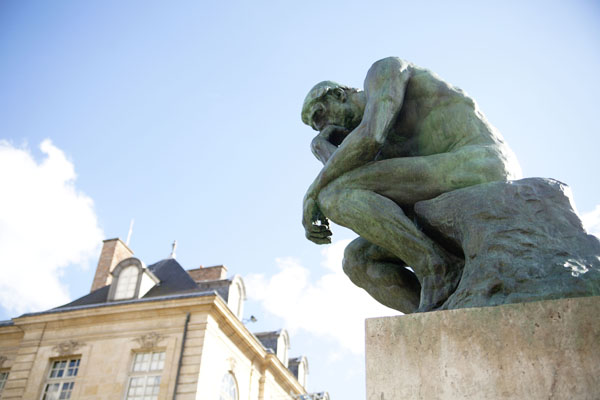



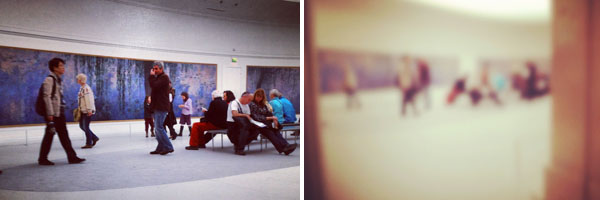
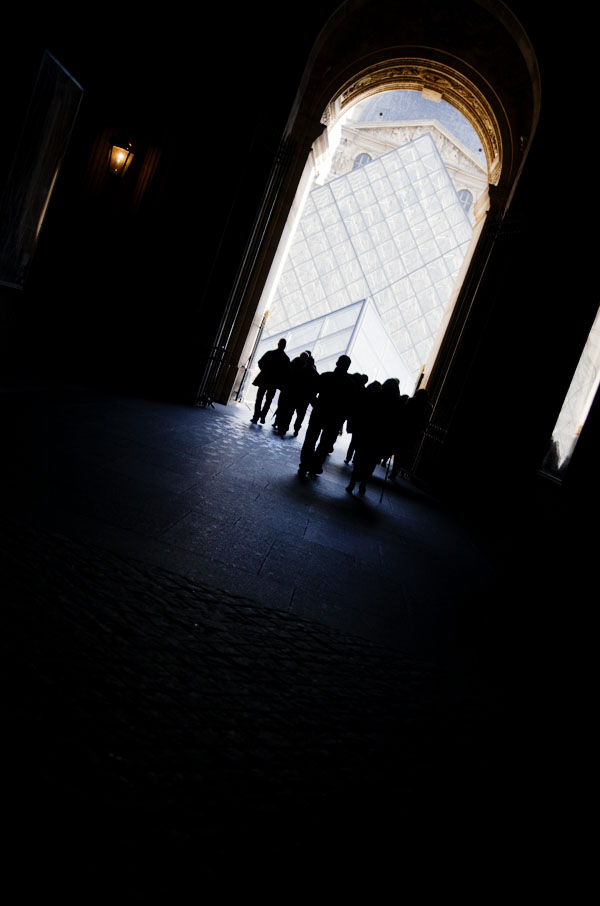
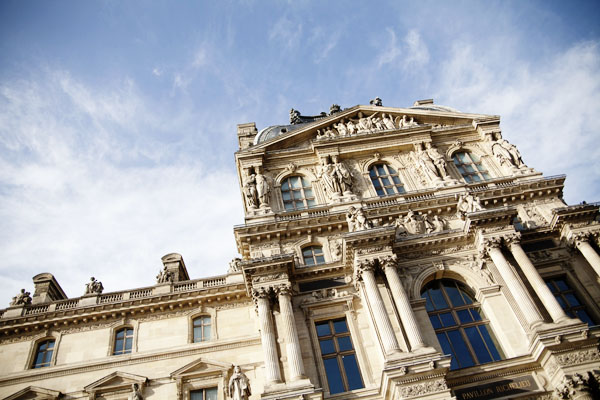
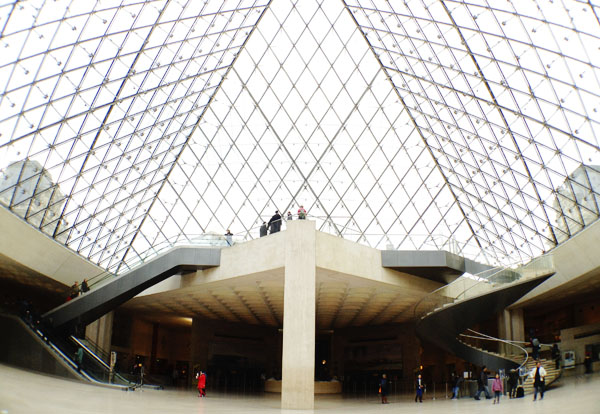

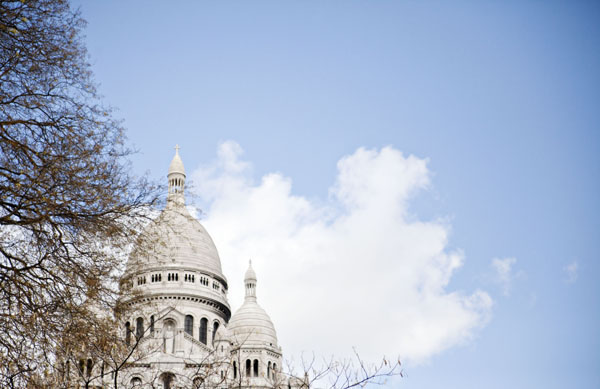


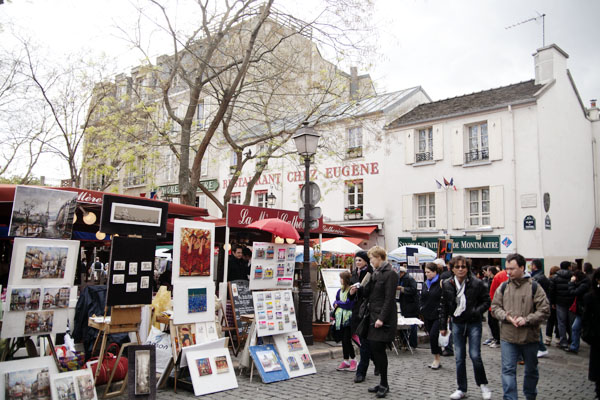


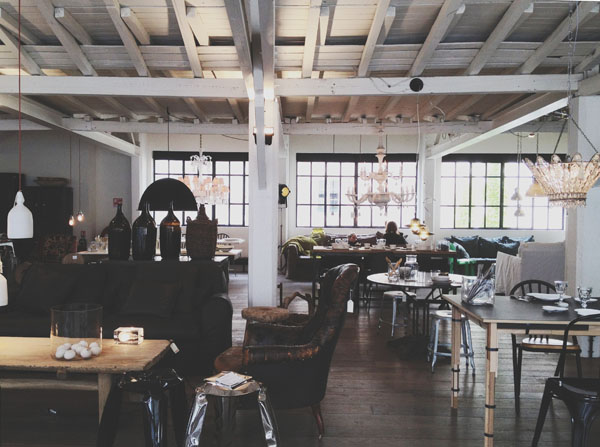
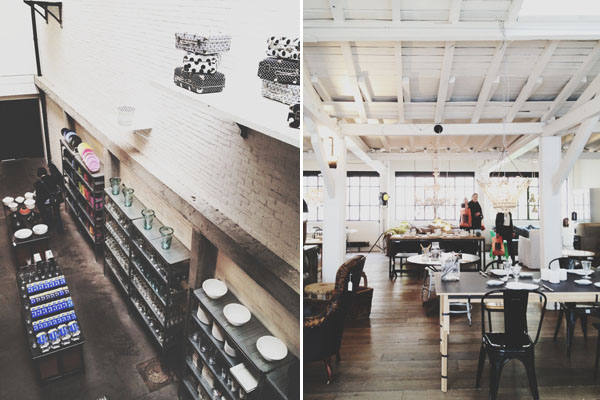
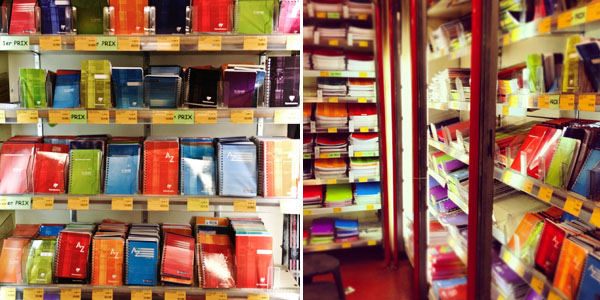



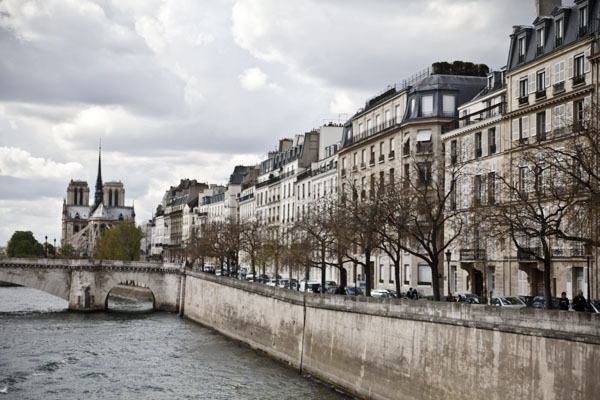
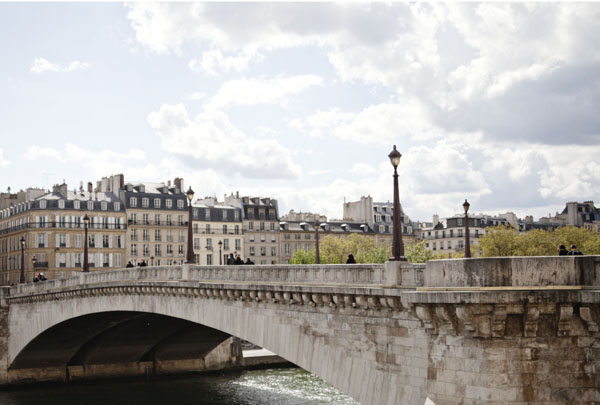



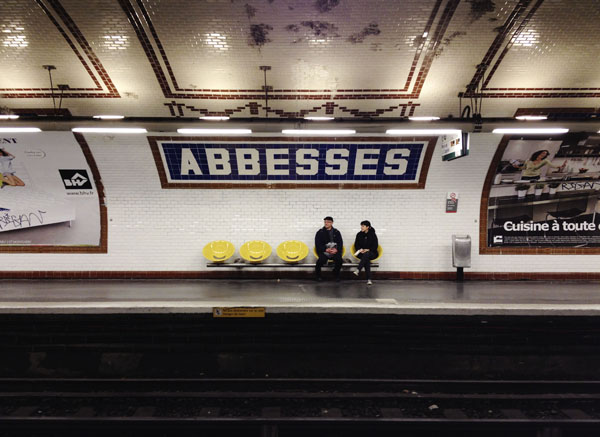
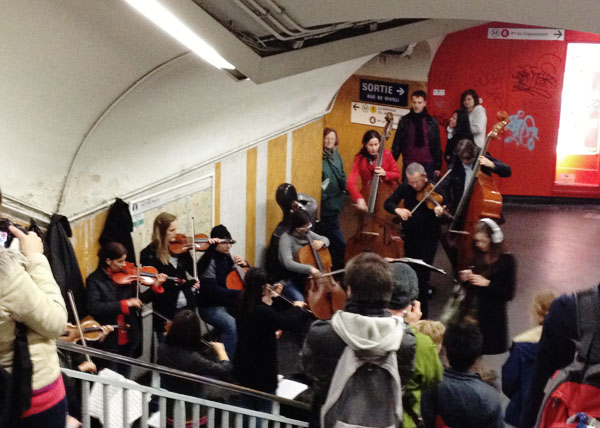



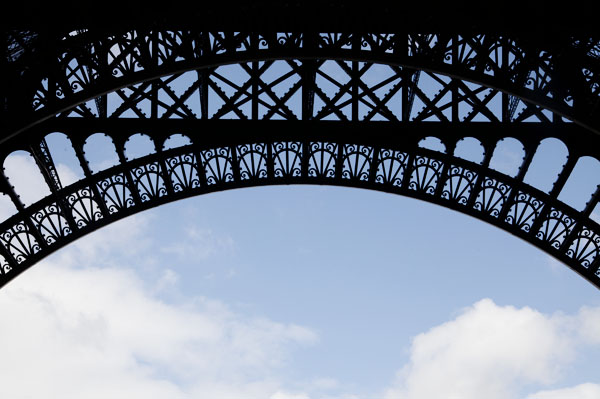
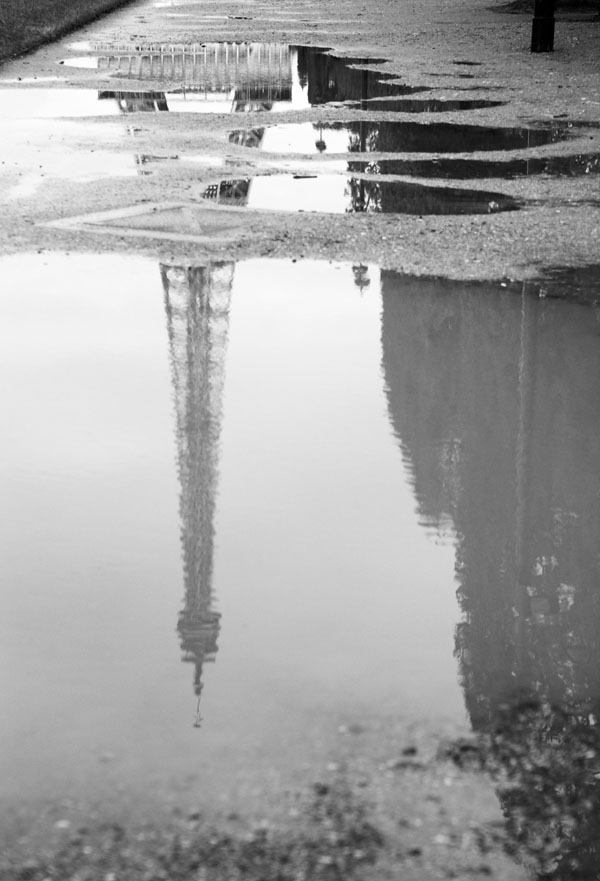







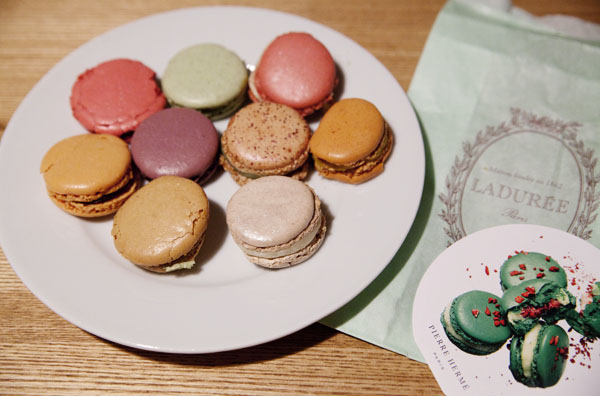
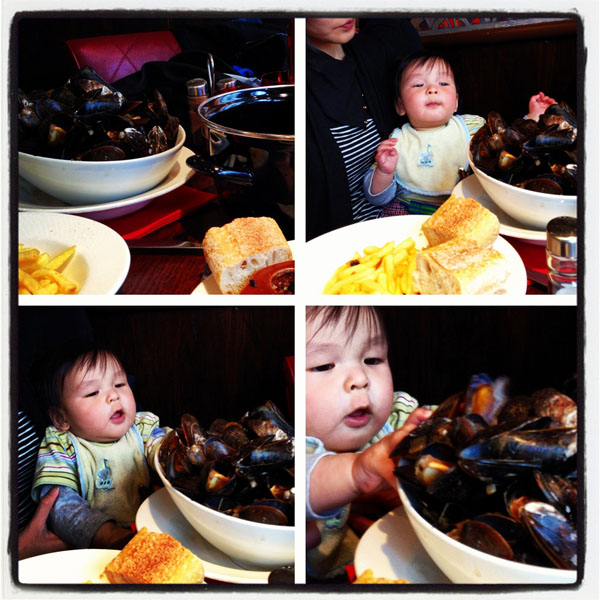



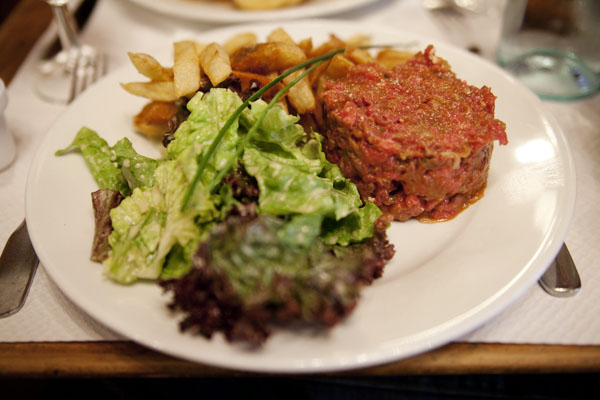
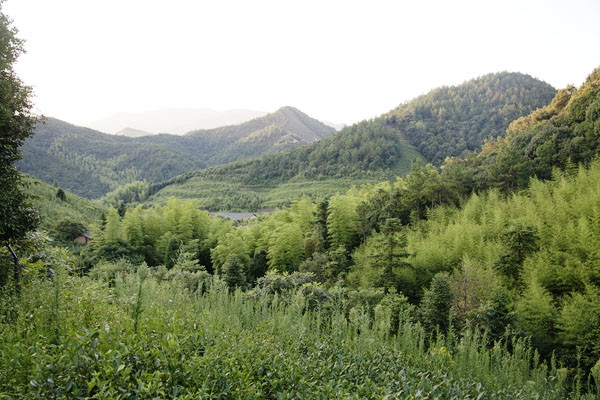
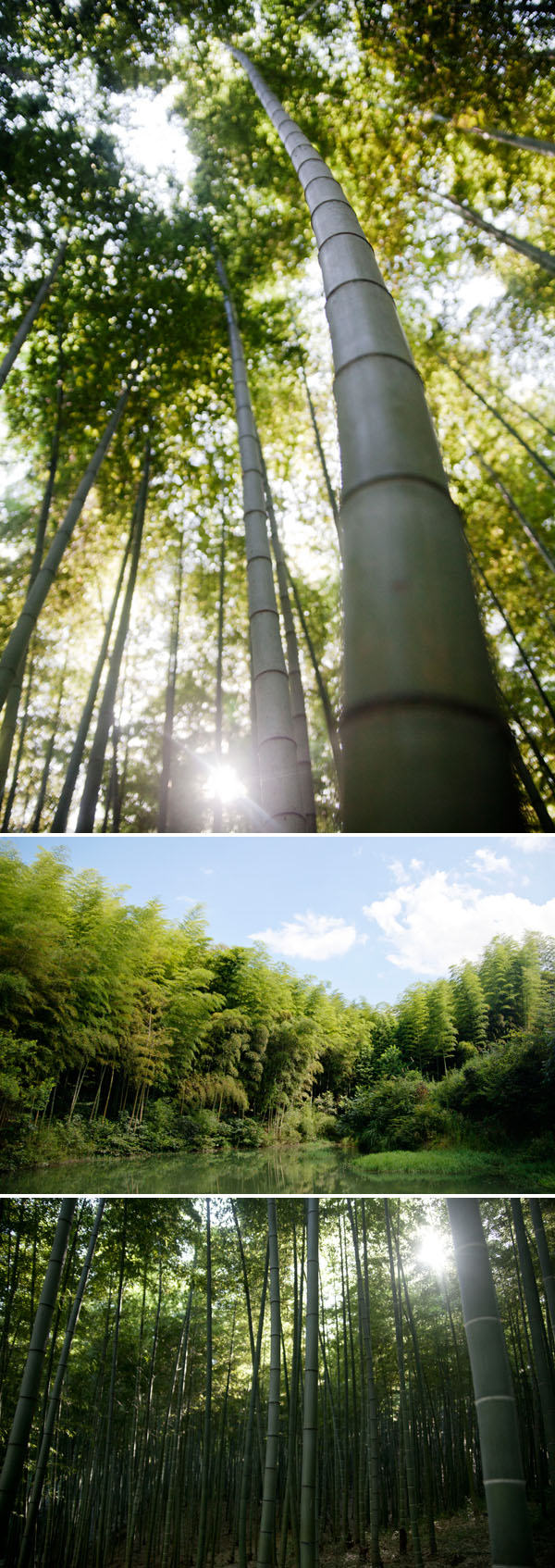




























Connect with us